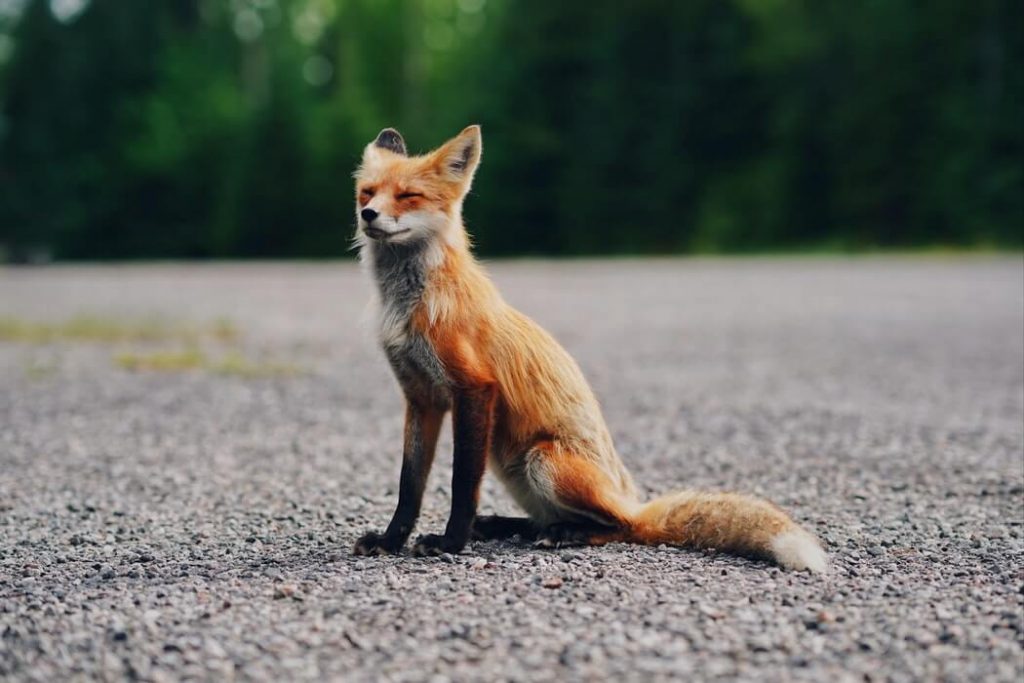4WD driving through the Australian bushland and rural communities can be fraught with unexpected accidents. Whilst we try our best, sometimes hitting an animal just can’t be avoided. From caring for us, our vehicle and the surrounding wildlife, there are many things to consider when this unfortunate event happens. Follow these steps when encountering a 4WD accident with an animal.
Find a Safe Place to Stop
If you do accidentally hit an animal while driving it is imperative you stop your 4WD.
Always stop to check on yourself, the animal and the damage of the car. To prevent further accidents from occurring, to either wildlife or drivers on the road, find a safe location to stop. Find a clear stretch off the road to stop to prevent collision with another car. Switch on your hazard lights and disembark from the passenger side of the car.
Check on the Animal and Act Accordingly
Once you are safely off the road, turn your attention to the animal. Always approach the animal with caution as it may become violent or be scared easily. It’s a good idea to keep blankets and water in your 4WD for accidents like these. You can use these to wrap the animal up and provide basic first aid.
If the animal is still breathing yet, you are best to contact the local wildlife rescue in your area. Utilise your GPS to give them as accurate location details as possible, and follow their first-aid directions attentively.



Check on your Passengers and Vehicle
Accidentally hitting an animal can often feel like a collision with another car, especially for children. Large animals such as kangaroos can cause significant damage to your 4WD on impact. This can result in broken windscreens and heavily dented doors, compromising the safety of every person in the vehicle.
Check your passengers, ensuring they are safe and unharmed and attend to any cuts and bruises quickly. Before you leave the accident site, you must ensure your vehicle is safe to drive. Thoroughly inspect the damage and assess the areas in need of urgent repair.
Plan your Next Stop
After encountering a 4WDing accident involving an animal, your adventure will require a break. No doubt you and your passengers will feel rattled and distressed, and resting may need to come sooner than initially planned. Find a nearby place where you can stop for an extended break where you can refuel, eat and take a breather.
When driving in the outback always keep an eye on road signs including the posted speed limit and wildlife notifications. If you see any injured wildlife on the road, pull over and contact a local wildlife rehabilitator as soon as possible. This will keep you, your family and the local wildlife safe on your next outdoor adventure.
For more info on travelling in the outback, guides and tips subscribe to OneAdventure today!




Comments